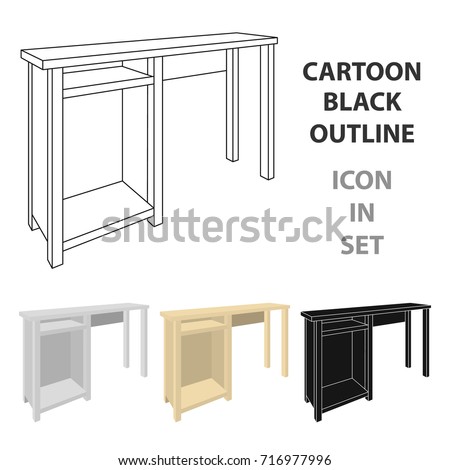Subject The Fascinating Experience Of Renovating Aged Cupboards, Unveiling Unknown Stories And Opening The Tricks Of Antiquity
Subject The Fascinating Experience Of Renovating Aged Cupboards, Unveiling Unknown Stories And Opening The Tricks Of Antiquity
Blog Article
Personnel Writer-Justice Kerr
To start the trip of restoring antique closets, you need a keen eye for detail. Imagine uncovering hidden tricks within each layer of history ingrained in the wood. Image the complete satisfaction of revitalizing a once-forgotten item to its former glory. Every step of this careful procedure holds the essential to preserving the past while developing a future heirloom. So, are you all set to start this transformative undertaking and unlock the capacity of your antique cabinets?
Assessing the Cupboard's Problem
When beginning the restoration process, beginning by examining the condition of the antique closet. Meticulously examine the total structure for any type of indications of damages such as cracks, chips, or loosened joints. Examine the wood for any rot, warping, or insect infestation that might have happened gradually. It's vital to determine the degree of the reconstruction required prior to proceeding further.
Next off, inspect the closet's hardware such as hinges, knobs, and locks. Make note of any type of missing out on items or parts that need repair service or replacement. Make sure that all hardware is functioning appropriately and securely attached to the closet.
Furthermore, assess the closet's surface. Try to find Recommended Reading of scrapes, discolorations, or staining that might affect the aesthetic allure. Determine if the surface needs to be stripped and reapplied or if a straightforward touch-up will be sufficient.
Collecting the Needed Tools and Materials
After assessing the problem of the antique closet, the next step is to gather the needed devices and materials for the restoration procedure. Prior to you start, ensure you have the adhering to things available:
- wood cleaner
- sandpaper in various grits
- wood filler
- paint or wood tarnish
- brushes
- handwear covers
- safety and security goggles
- a dirt mask
- a drop cloth
- a putty blade
- a hammer
- a screwdriver
- a vacuum
These tools and products are crucial for a successful restoration.
Timber cleaner is vital for getting rid of years of dirt and gunk accumulation, preparing the surface area for fining sand. Sandpaper of various grits helps in smoothing out imperfections and preparing the wood for a brand-new finish. Timber filler is handy for repairing any kind of fractures, holes, or dents existing in the cabinet.
Repaint or wood stain, in addition to brushes, enable you to personalize the closet to your preference. Keep in mind to use handwear covers, safety goggles, and a dirt mask for security. Set a drop cloth to safeguard your work area, and use a vacuum cleaner to tidy up any kind of particles.
With these devices and materials collected, you prepare to start the reconstruction process.
Performing the Remediation Process
To efficiently execute the remediation procedure on your antique cupboard, start by thoroughly cleansing the surface with the timber cleaner. This step is important as it helps get rid of years of dirt, gunk, and old polish that might have built up externally.
Once the cabinet is tidy and dry, examine the problem of the timber. Look for any kind of fractures, scrapes, or other problems that need to be resolved. Usage timber filler to fix any type of blemishes, ensuring to match the filler color to the timber tone for a seamless coating.
After the repair services have dried out, gently sand the entire surface to create a smooth and also base for the new surface. Beware not to sand also aggressively, as you do not intend to harm the timber below.
Once remodeling kitchen cabinets is total, apply a wood discolor or end up of your choice, adhering to the manufacturer's instructions. Allow the coating to dry entirely before using a safety leading coat to make certain the longevity of your recovered antique cabinet.
https://home-addition-remodeling56655.spintheblog.com/28179475/use-the-capacities-of-custom-made-cupboards-to-revolutionize-your-storage-solutions-and-boost-the-orderliness-of-your-house that you have actually completed the repair procedure, your antique cabinet looks comparable to new.
By adhering to the step-by-step guide, you had the ability to assess, fix, and enhance its problem easily.
With a fresh finish and protective leading coat, your cherished item will remain to beam for many years to find.
Take pleasure in the elegance of your brought back antique cabinet!
